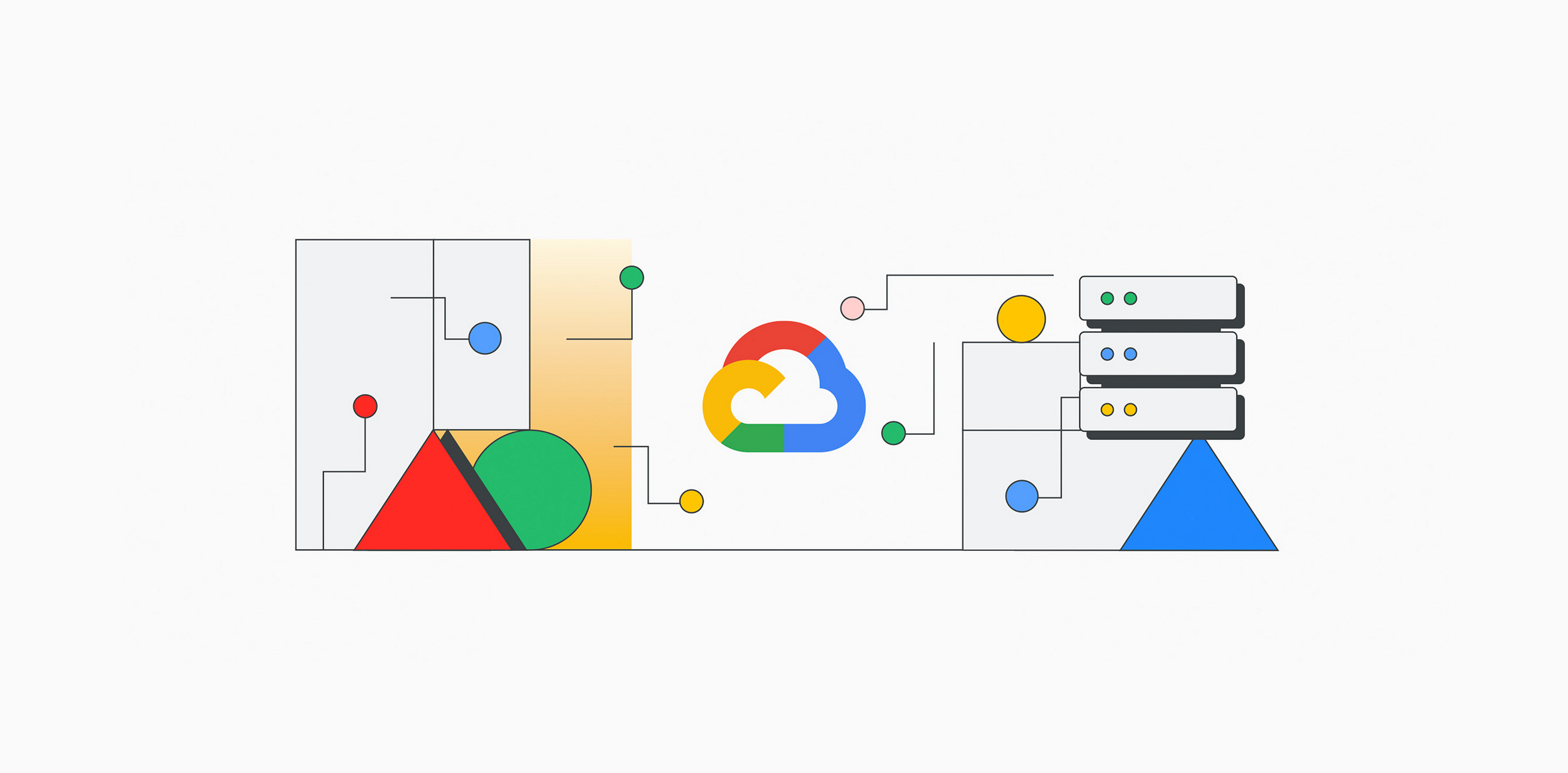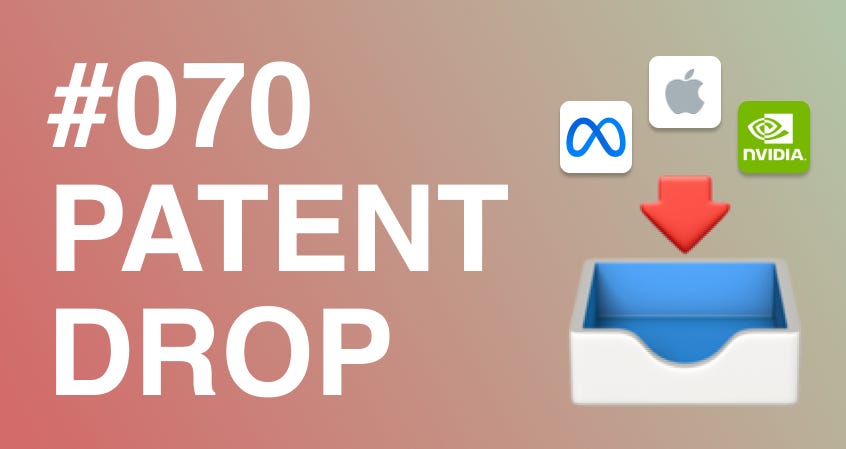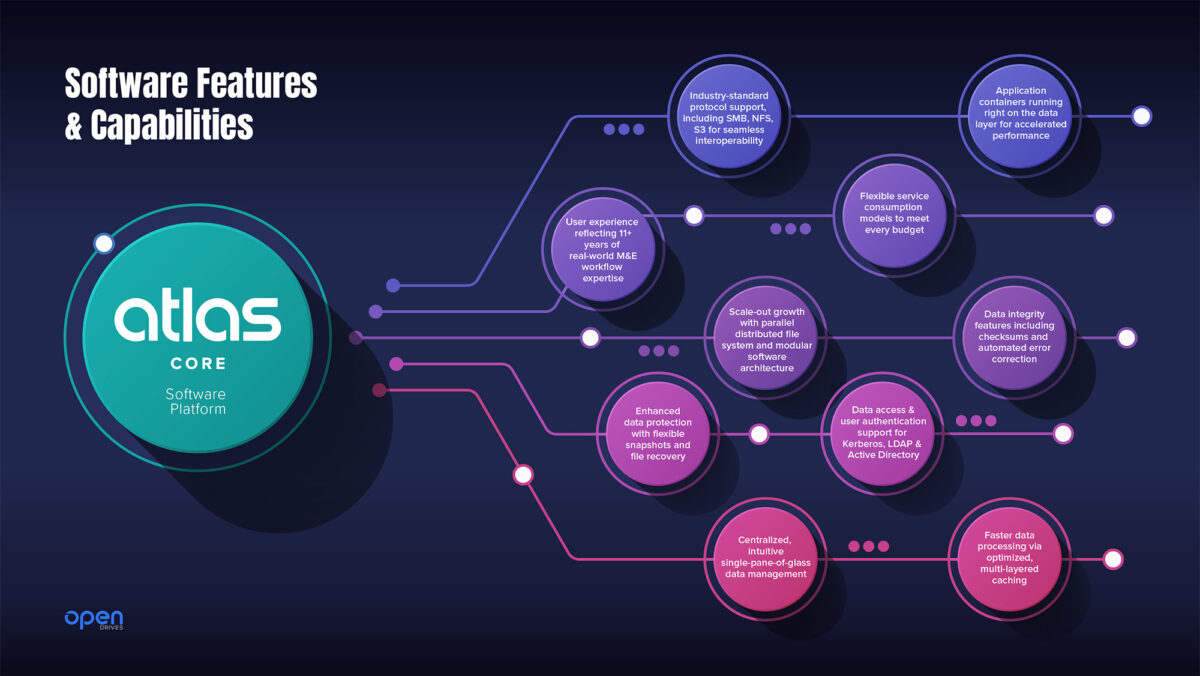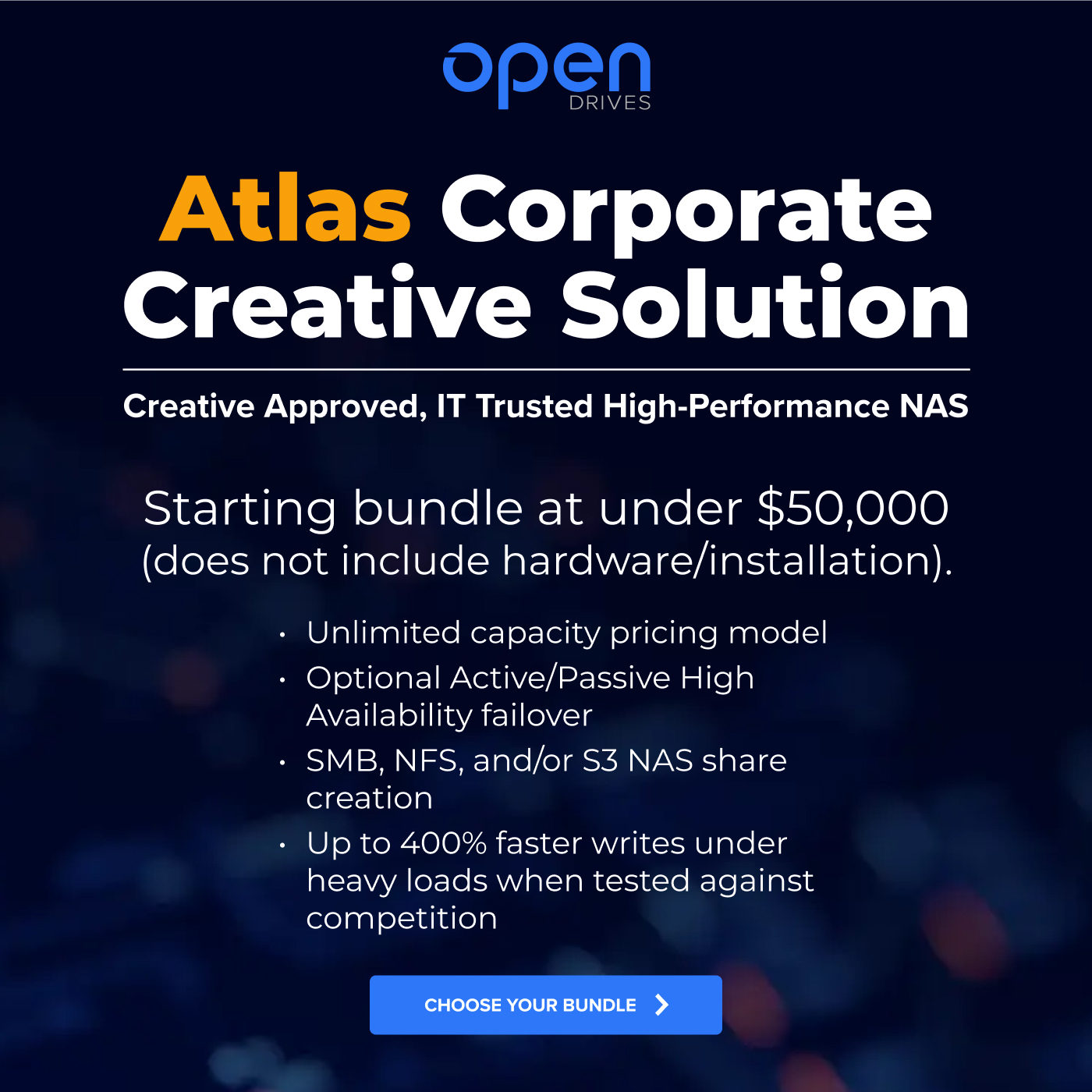In the Press

Image courtesy of Google Cloud

You probably won’t miss having to create a ticket to have your IT department tend to your urgent computer problem whenever they can get around to it.
Google is seeking to patent a cloud network “failure auto-correlator.” Basically, this tech automatically detects what leads to a failure or breakdown in a cloud network by finding the “root cause of errors,” aiming to solve fundamental problems themselves rather than their symptoms.
Essentially, Google’s system kicks into gear when it receives one or more “triggers for analysis,” meaning a notification that something, somewhere has broken down. The system then compares what’s broken down to any recent “configuration changes” within the network, using a machine learning model for analysis. When the root cause of the issue is determined, the system evaluates it to make sure that the machine learning model’s prediction is accurate.
If you’re confused, think of it like this: Say you’re working from home and notice that your laptop has significantly slowed down in the last hour. Rather than closing out all of the tabs, going through every open program, or even using the old fashion “turn it off and on again” method, you’d use deductive reasoning to figure out what you did differently on your device just in the past hour or so. Google’s system does that on a much larger scale.
“Troubleshooting misconfigurations is manually intensive for end users or network administrators, particularly when changing the configuration file,” the company noted in its filing. “In addition, a brute force or near brute force approach to analysis of every change and every aspect of the network … is computationally impossible or otherwise infeasible.”
Google’s patent could solve a problem that has long given IT departments’ a bad reputation: easily detecting a problem’s point of origin in a cloud network, Trevor Morgan, VP of product at OpenDrives, told me. And given the sheer amount of things that can go wrong, offering an efficient way to identify the issue so it doesn’t recur is key to “ultimately ensuring a good user experience.”





